Picture a quiet bog at dusk. The air hangs heavy with the scent of moss, and tiny frogs chirp from the underbrush. Suddenly, something astonishing happens just beneath the surface: a small salamander, seeking shelter, slides into the waiting maw of a plant. This isn’t the stuff of science fiction but a thrilling reality that’s redefining our understanding of nature’s predators. Carnivorous plants, long celebrated for their insect-trapping prowess, have revealed a darker, more dramatic side — they can, and do, devour vertebrate prey like salamanders. This revelation is shaking up the world of botany and captivating wildlife enthusiasts everywhere.
The Unlikely Predators: Carnivorous Plants Redefined
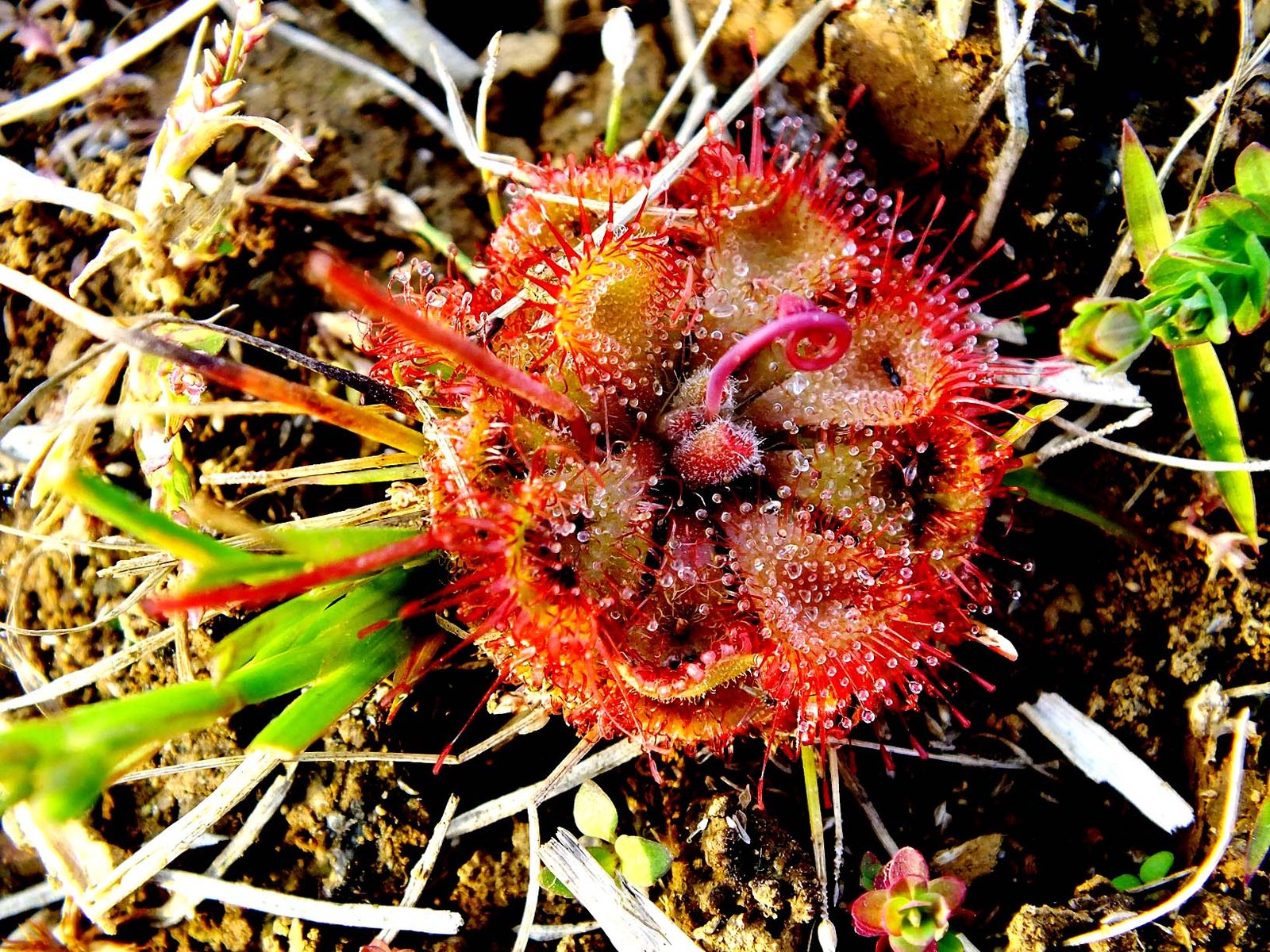
Most people think of carnivorous plants as quirky curiosities that feast solely on flies and beetles. Yet, recent discoveries have shattered this notion. Scientists now know that certain species are skilled at capturing much larger prey, including small amphibians. The idea of a seemingly passive plant ensnaring an active, wriggling salamander is nothing short of astonishing. These plants are not just passive traps; they’re sophisticated hunters using a mix of clever engineering, enticing lures, and digestive enzymes. This new perspective casts carnivorous plants as apex micro-predators in their watery or boggy realms, challenging everything we thought we knew about the boundaries between plant and animal.
Meet the Culprits: Pitcher Plants on the Prowl
Among the most infamous of these vertebrate-eating flora are North America’s pitcher plants, particularly species within the genus Sarracenia. Their tube-like leaves form deep wells filled with rainwater, digestive fluids, and a deadly promise. Salamanders, especially juveniles, are drawn to the moist, shaded interiors — a fatal mistake. The smooth inner walls and downward-pointing hairs make escape nearly impossible. Observations in the wild have confirmed that these plants can trap, drown, and slowly digest salamanders over several days, turning the tables on what we expect from the plant kingdom.
The Science Behind the Feast: How Plants Trap Salamanders
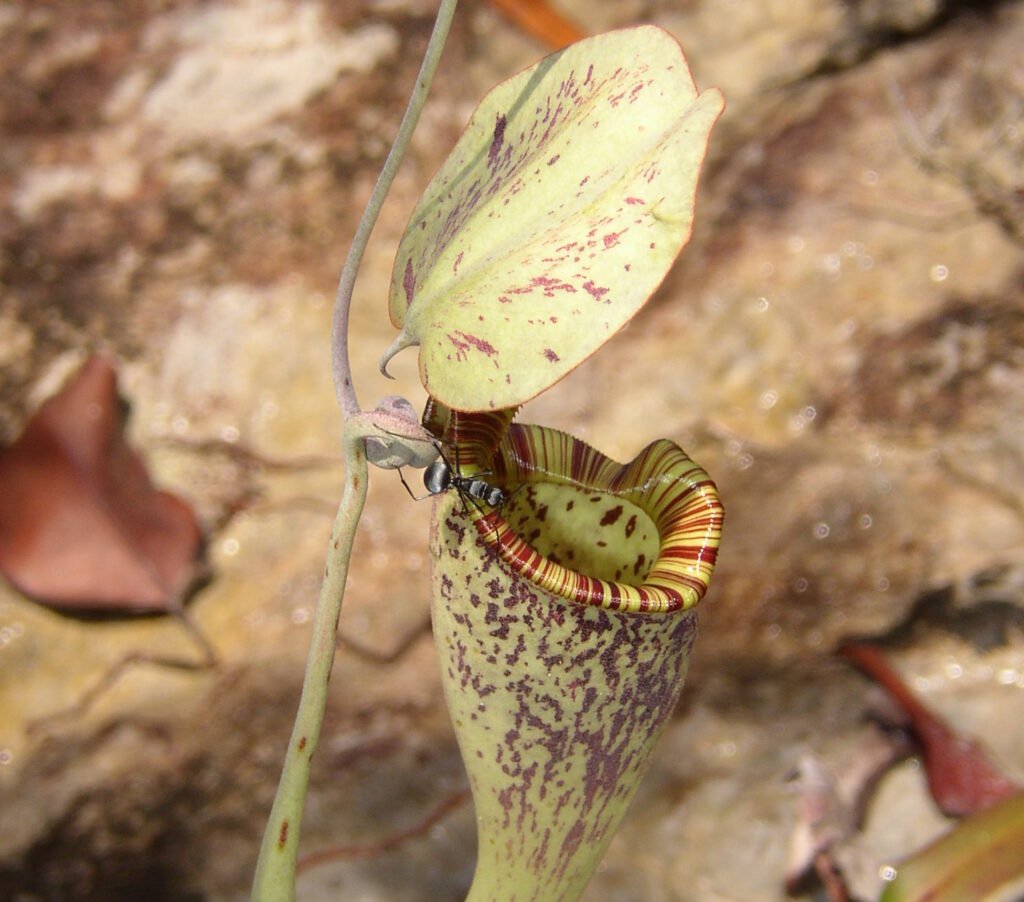
It might seem unbelievable that a plant could overcome a vertebrate. But pitcher plants have evolved ingenious methods for luring, capturing, and digesting their prey. Their nectar emits a sweet, irresistible aroma, attracting not just insects but also small amphibians. Once inside, the victim finds itself slipping on waxy walls, unable to climb out due to the plant’s slippery surface and inward-pointing hairs. The pitcher then floods with enzymes and bacteria, breaking down the trapped animal’s tissues and absorbing the nutrients. This process can take days or even weeks, but the result is a vital nutrient boost for the plant in nutrient-poor environments.
Why Eat Salamanders? The Evolutionary Edge
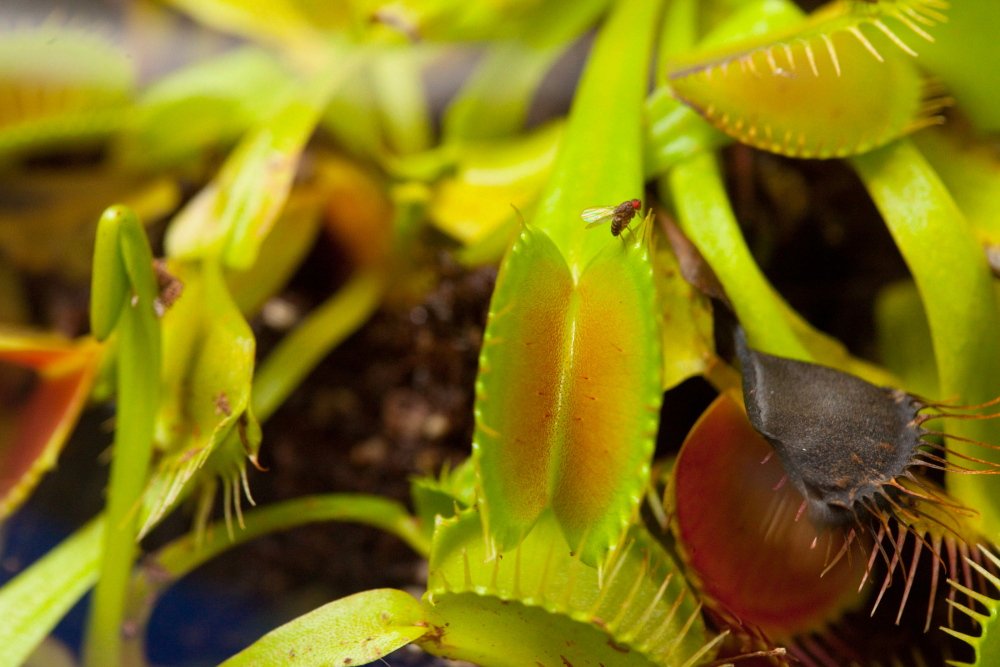
Why would a plant go through the trouble of eating something as complex as a salamander? The answer lies in survival. Many carnivorous plants grow in bogs or wetlands, where the soil is acidic and poor in nitrogen. Insects provide some nourishment, but a whole salamander is a feast. The extra nutrients from vertebrate prey allow these plants to grow bigger, flower more often, and outcompete neighbors. In a harsh landscape, every advantage counts, and the ability to consume larger prey can be the difference between survival and extinction.
Real-Life Encounters: Witnessing the Unexpected
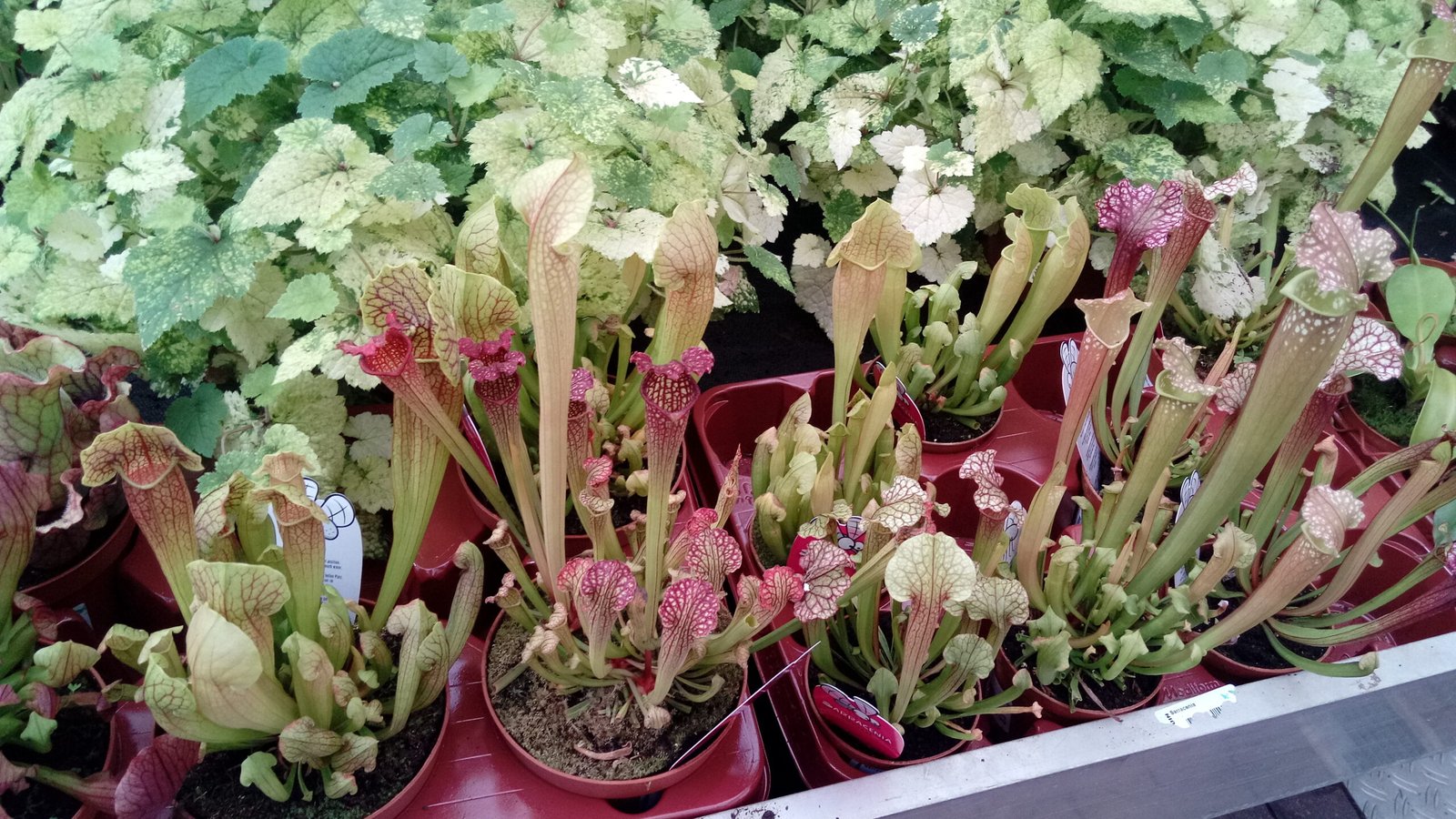
Field researchers have documented several gripping episodes of salamander predation by pitcher plants. In one remarkable instance, a biologist peered into a pitcher in a Canadian bog and spotted multiple partially digested salamanders within a single plant. Another study in the northeastern United States found that up to a fifth of some pitcher plants contained vertebrate remains during peak salamander breeding seasons. These discoveries are not just rare flukes but suggest a recurring ecological interaction that has been overlooked for decades.
The Hidden Drama in Wetlands
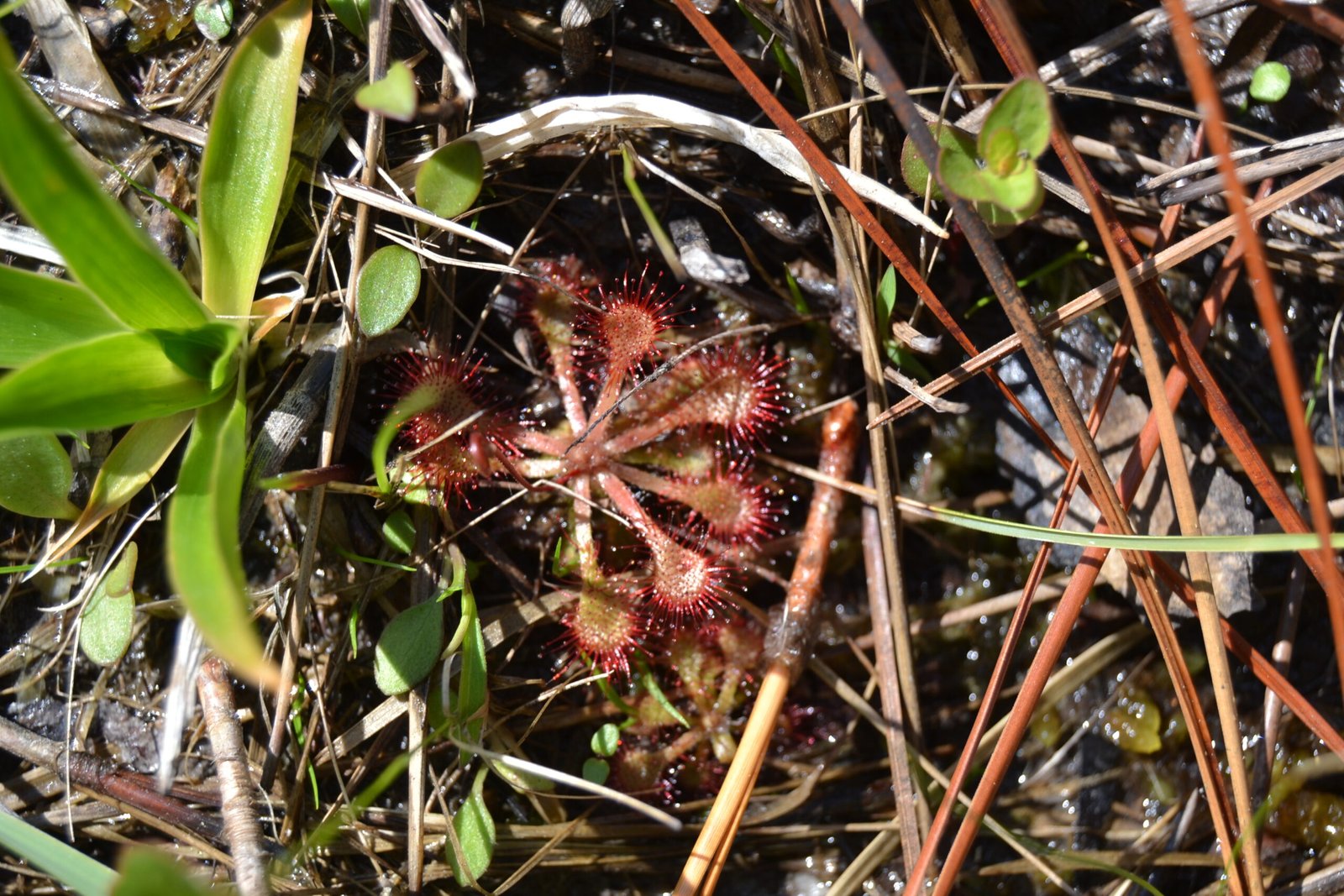
Wetlands, often dismissed as unremarkable swamps, are actually vibrant theaters where life and death unfold in slow motion. Here, carnivorous plants are not just passive greenery but active participants in the food web. The predation of salamanders by pitcher plants highlights the complexity of these habitats. Each plant becomes a miniature ecosystem, supporting insects, amphibians, and even microbes that help with digestion. This hidden drama challenges our sense of what plants can do, revealing a world where the line between predator and prey is unexpectedly blurred.
The Impact on Local Amphibian Populations
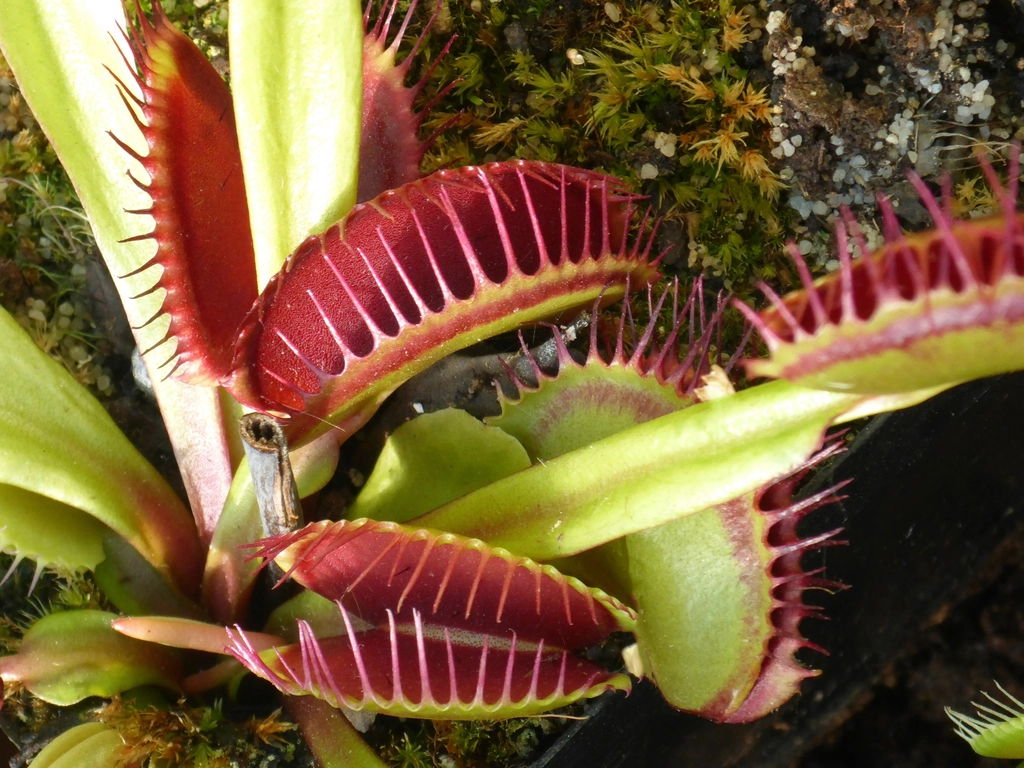
The relationship between pitcher plants and salamanders is a delicate one. While the plants benefit from occasional vertebrate meals, too many lost salamanders could threaten local populations. Fortunately, these incidents are relatively rare compared to insect predation, but they do raise important questions about the balance of nature. Researchers are closely monitoring bogs and wetlands to understand how these interactions shape amphibian communities. The goal is to ensure that both plants and their amphibian prey can thrive together in these unique environments.
Discoveries Beyond North America
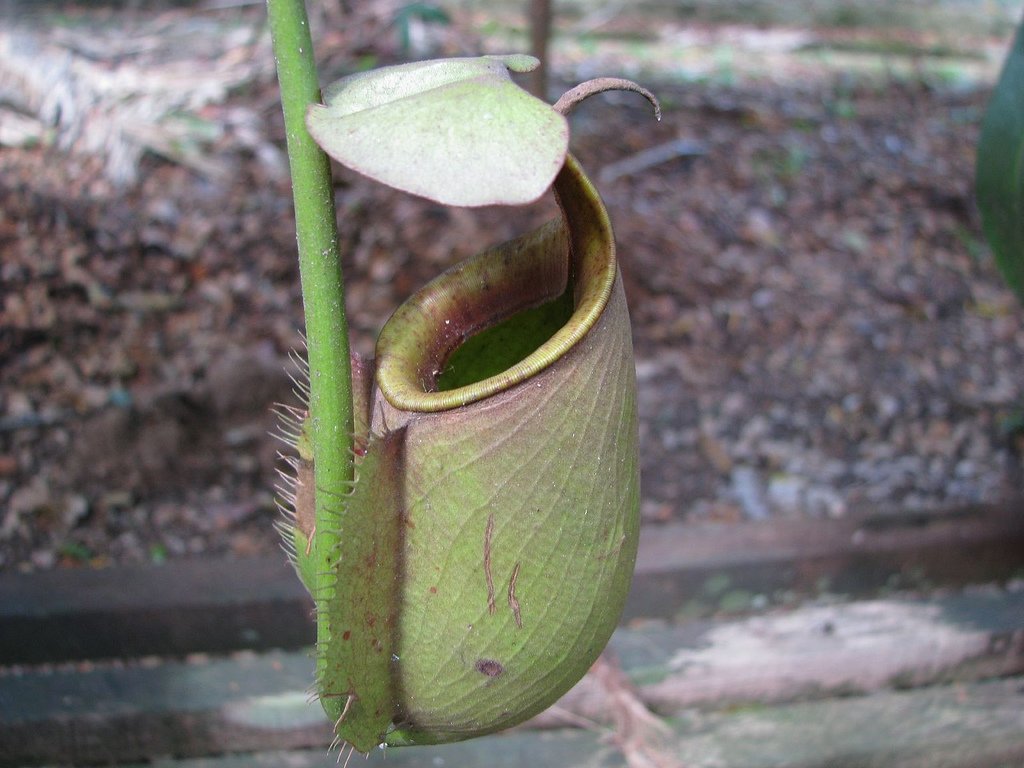
While North American pitcher plants have stolen the spotlight, similar behaviors are being investigated in other parts of the world. In Southeast Asia, giant Nepenthes pitcher plants have been found with the remains of small rodents, lizards, and even birds. Although salamander-eating has not been documented outside North America, the possibility remains tantalizing. Scientists are only beginning to unravel the global diversity of carnivorous plant diets, and who knows what other surprises await in the world’s remote wetlands?
The Future of Carnivorous Plant Research
The revelation that plants can eat vertebrates is prompting a surge of new research. Botanists, ecologists, and evolutionary biologists are collaborating to understand the mechanics, frequency, and ecological impact of these events. New technologies, like time-lapse cameras and DNA analysis, are helping scientists unlock the secrets hidden inside carnivorous plants. This research could lead to new insights into plant evolution, nutrient cycling, and even the development of novel enzymes for biotechnology.
Human Fascination: Why We’re Drawn to Botanical Predators

There’s something undeniably thrilling about the idea of a plant devouring an animal. It flips the script on our expectations, making us question the very nature of life and survival. Carnivorous plants have always held a place in our imaginations, from ancient folklore to modern movies. The truth, as it turns out, is even stranger and more captivating than fiction. These plants remind us that the natural world is full of surprises, waiting to be discovered by those willing to look a little closer.
A Call to Curiosity and Conservation
The story of carnivorous plants that eat salamanders is both a wonder and a warning. It invites us to marvel at the ingenuity of nature, but also to recognize the fragility of the ecosystems where these dramas play out. Wetlands are under threat worldwide, and with them, the unique interactions between plants and animals. By protecting these habitats, we safeguard not just salamanders and pitcher plants, but the awe-inspiring mysteries that still lie hidden in the moss and shadows. What else might we discover if we keep our eyes—and minds—open?




